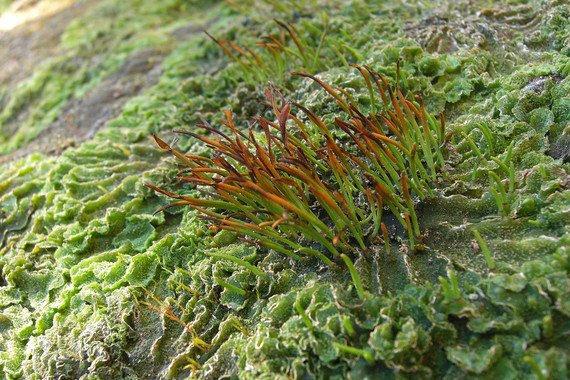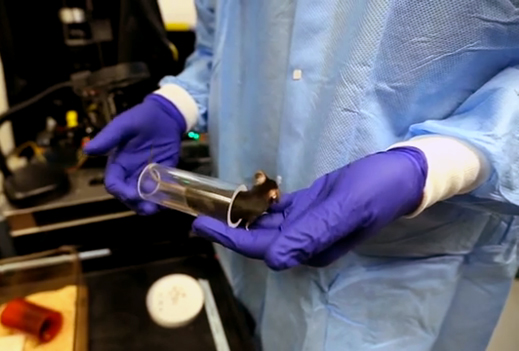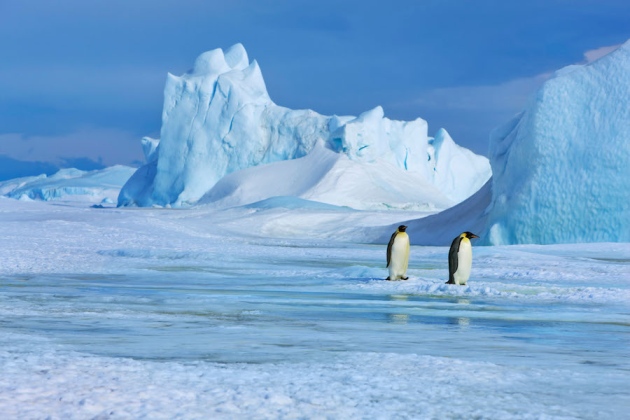Zientzia hedabideetan
-

It’s time we dispelled these myths about autism
These four misconceptions about autism are damaging and in desperate need of debunking.
-

The Hacker Who Exposed South Korea’s Deadly Epidemic
How a young programmer became an amateur epidemiologist and told a nation what its government didn’t want them to know.
-

Fisikako Nobel Saria neutrinoak eraldatu egiten direla eta masa dutela frogatu zutenentzat
Nobel Fundazioak iragarri duenez, Takaaki Kajita japoniarrak eta Arthur B. McDonald kanadarrak jasoko dute 2015eko Fisikako Nobel Saria. Bi ikertzaile horien taldeek, bakoitzak bere aldetik, frogatu zuten neutrinoak mota batetik […]
-

Weak link discovered in flu vaccine
The reputation of the flu vaccine has taken a bit of a beating in recent years. Official claims about its effectiveness have been downgraded. And some years – like last […]
-

El ancestro de las plantas terrestres estaba programado para saltar a la orilla
El alga a partir de la cual se originó la vida terrestre ya sabía cómo sobrevivir en tierra antes de abandonar el agua. Según un nuevo estudio, el antepasado acuático […]
-

How Brain Scientists Outsmart Their Lab Mice
To watch the brain work during navigation, scientists build computer-generated worlds for mice.
-

What happened to wildlife when Chernobyl drove humans out? It thrived
People were evacuated after the Chernobyl accident, but what happened to the local wildlife? A new study shows that wildlife in the Chernobyl disaster zone is thriving, indicating that the […]
-

Gains in Antarctic ice might offset losses
So much ice is piling up in the vast expanses of East Antarctica that, overall, it counterbalances the losses seen at glaciers thinning elsewhere on the frozen continent. It will […]
-

Medikuntzako Nobel Saria, zizare bizkarroiek eragindako gaitzen eta malariaren aurkako terapiak asmatu dituztenentzat
Karolinska Institutuak jakinarazi duenez, aurten hiru ikertzaileren artean banatuko dute Fisiologia edo Medikuntzako Nobel saria; erdia William C. Campbell eta Satoshi Ōmura jasoko dute, bizkarroiek eragindako gaitzen aurka asmatutako botikarengatik, […]
